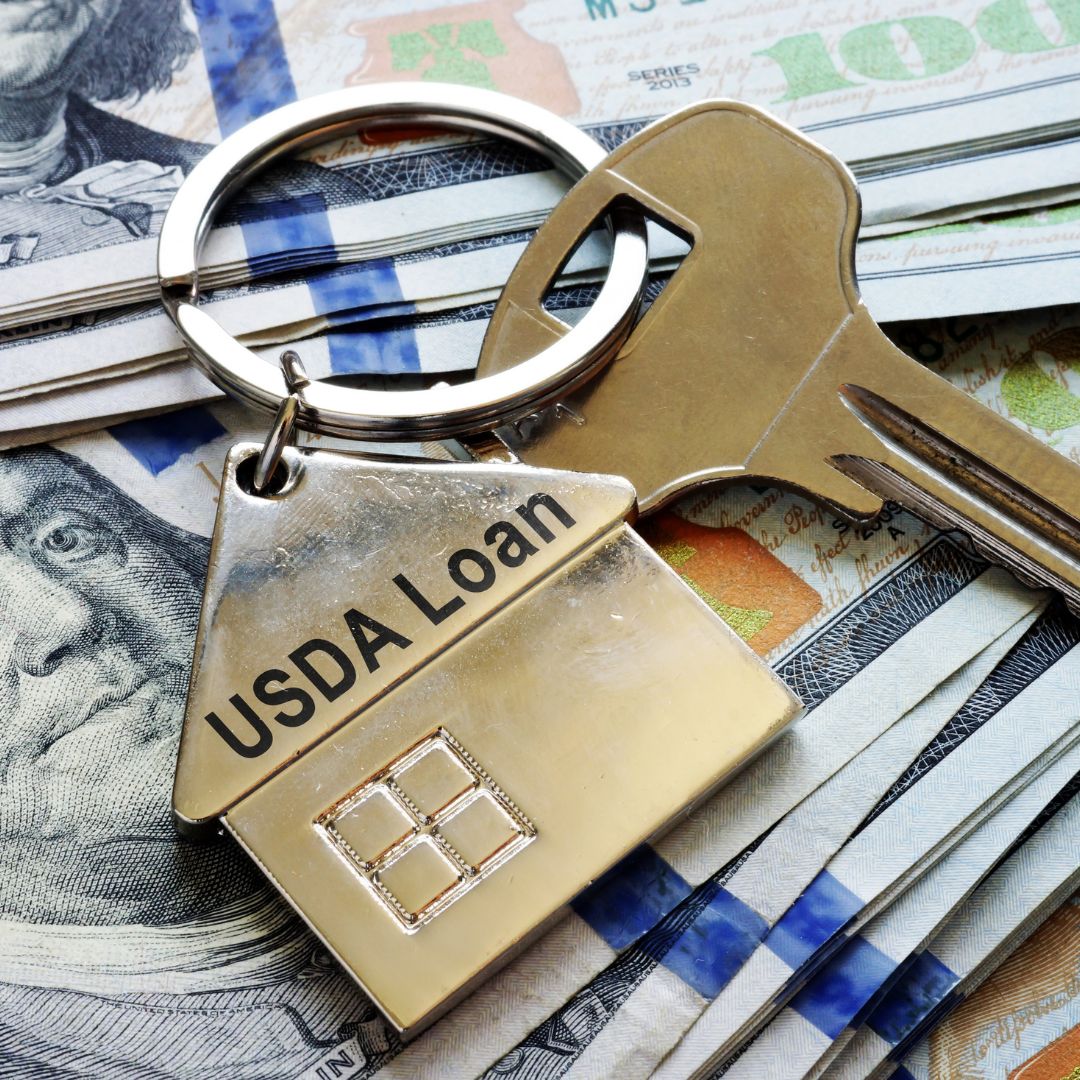USDA Loans For Land
How To Apply For A USDA Loan

The interest rate goes up if your income is higher than $86,450. You must be a US citizen for at least three years and reside in the US in order to be eligible for a USDA loan. Before requesting a USDA loan, you also had to have resided in the same residence for at least three months. The USDA loans are one of the simplest and quickest ways for people who want to purchase a property to obtain funding from the government.
Additionally, you must not have any negative items listed on your credit report, such as past due debts, judgments, or bankruptcies. If you need a loan, apply online at www.usda.gov/loans. You will need a valid social security number, bank account and routing numbers, and proof of residency in the United States. To qualify for the maximum loan amount, you will need a current monthly income that is equal to or greater than $24,000.
There are three categories of USDA loans: permanent, production, and operational. You can buy, upgrade, or grow your farm or ranch's operations with the help of operating loans. You can buy or rent the necessary materials, buildings, or equipment for your enterprise with a production loan. A long-term, low-interest loan known as a permanent loan enables you to pay off your debt more quickly. It comes in handy for major purchases like purchasing a house or constructing a new barn.



